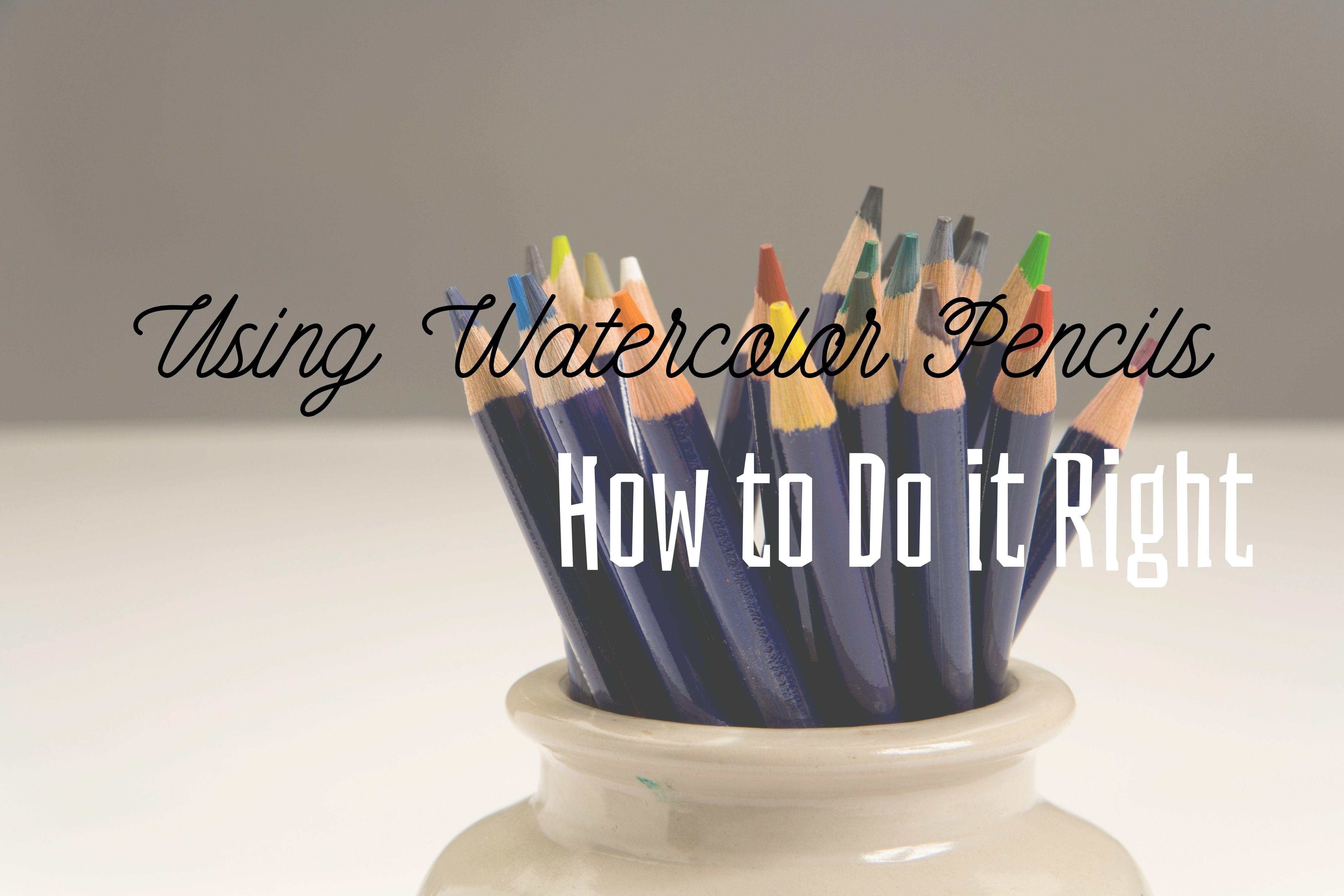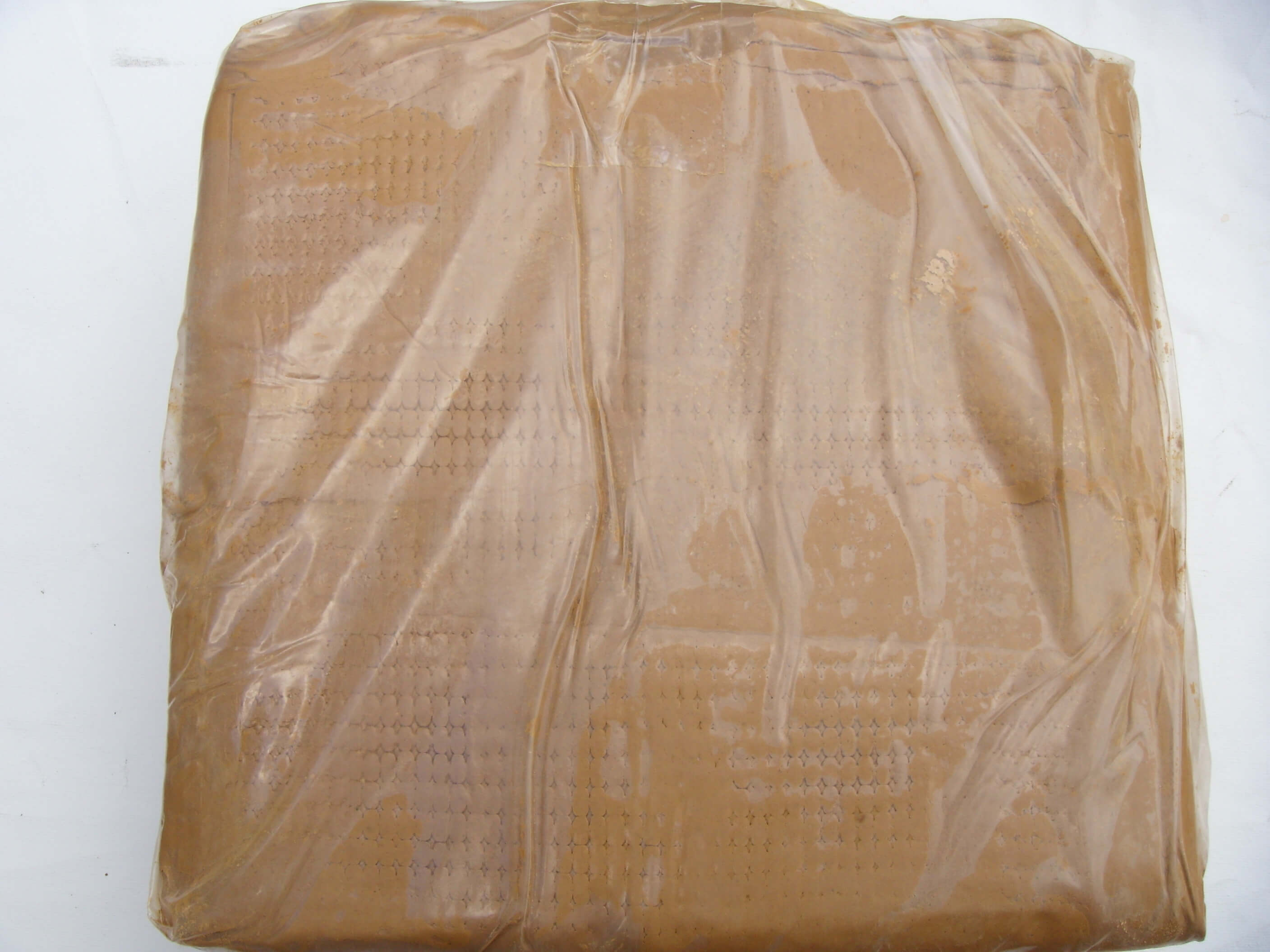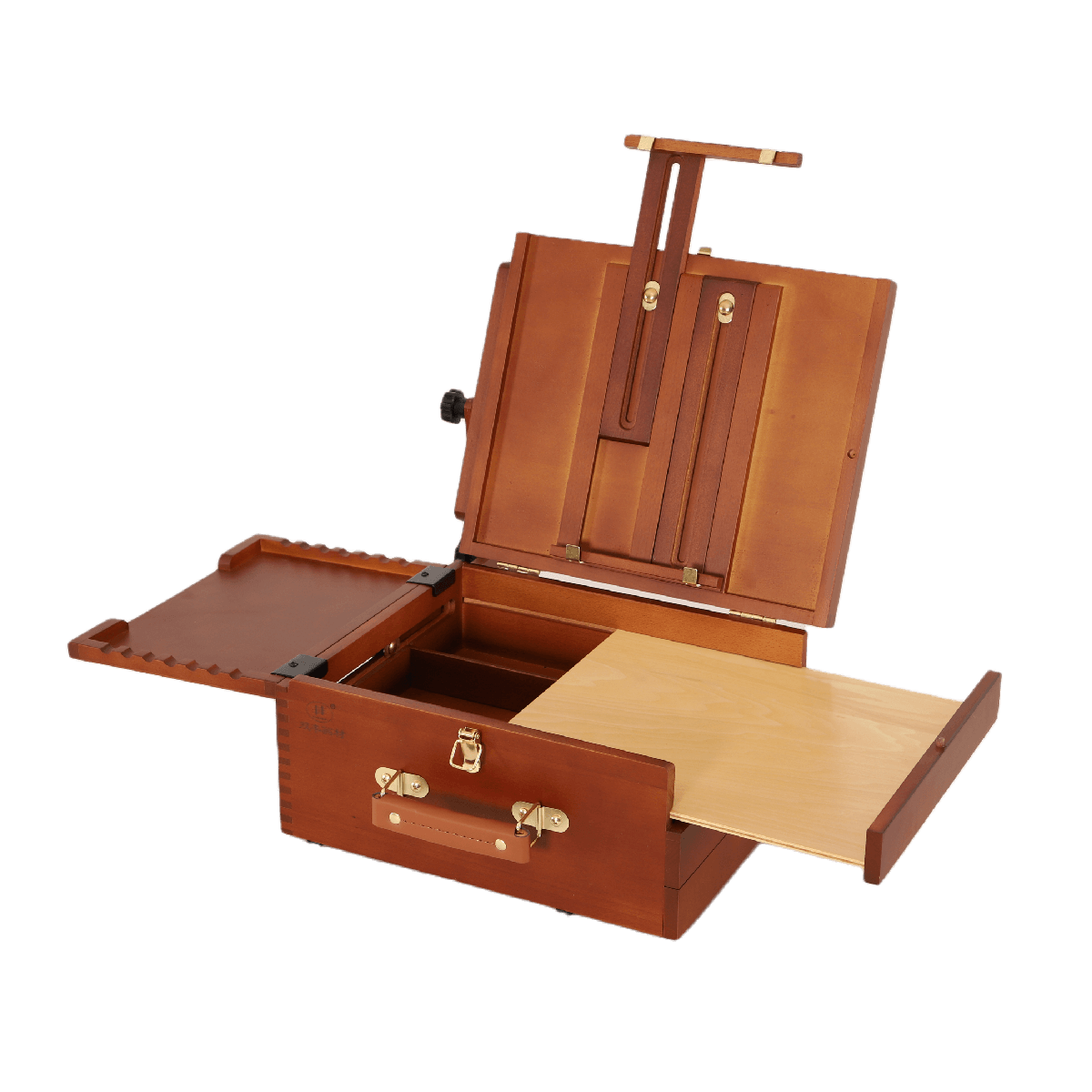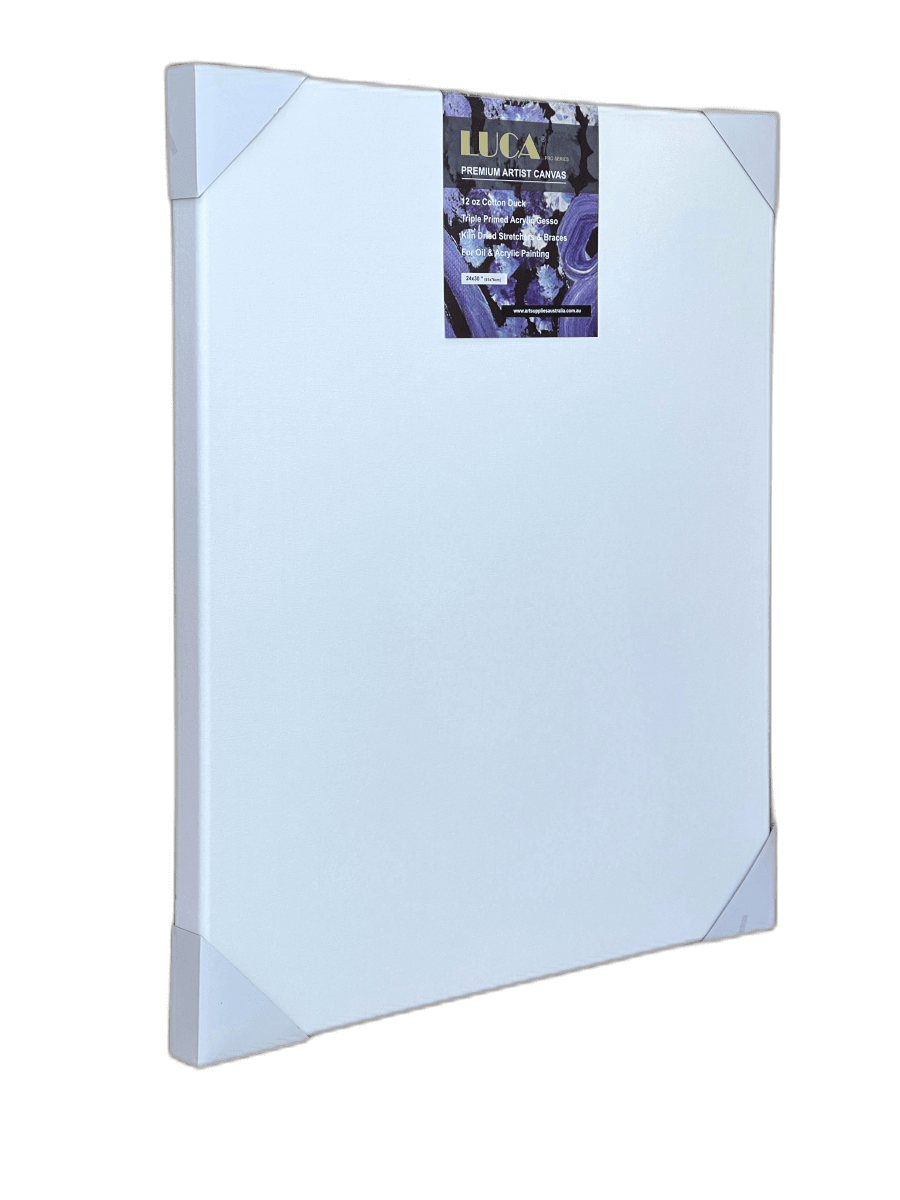Watercolour pencils are an excellent medium for creating fine details. By wetting them, you can start bold and intense colour that stands out against surrounding colours. Unlike regular watercolour paint, watercolour pencils are repositionable, so you can blend until you achieve the desired effect.
This article will discuss how to use watercolour pencils and their different uses. Read on to learn more. Once you're done reading, you'll be ready to go and start painting!
How to Start Your Watercolor Pencil Journey
It's a good idea to start by practising simple shapes and work your way up to more complex ones. The best way to practice with these awesome art supplies is to work freehand, but you should plan your sketches. If you don't know what to draw, you can always sketch the subject or colour freehand and develop your technique. Make sure to let your pencils dry before you begin a larger project.
When using watercolour pencils, it's a good idea to plan your work. If you have an idea in mind, you can use the different hues of the pencil to create a rich, vivid painting. It also helps to ensure you have enough water in your drawing to avoid getting too much colour. Finally, by using a paper towel to absorb excess paint, you can create a beautiful image.
Proper Ways to Use Watercolor Pencils
Learning how to use watercolour pencils is a great way to start an art project. The process is simple and can help you develop your artistic style and confidence. However, it is essential to plan your work before you begin. Here are some tips:
Make A Plan
Creating a plan will help you avoid making mistakes. It will also help you stay focused and avoid mistakes. After all, drawing is all about practice, so you can improve your skills by continually creating and refining your works.
After you have a basic plan, you can move on to more intricate designs. When you're ready, practice using the basic techniques. You can use the pencils to colour a primary picture. Once you know how to line with the tip, you can move on to more complicated shapes. You can even create a sketch by using your ordinary coloured pencils and working from a swatch. When you're ready to begin your paintings, try creating a masterpiece!
Choose the Perfect Brush
Another critical step in learning how to use watercolour pencils is choosing the correct brush for your work. A flat brush is the best for large areas, while a round brush is better for fine details. A watercolour pencil is not complete without a water brush. A size 8 or 10 brush is considered medium. After choosing the right brush, you should store the pencils behind a piece of parchment paper or a paper pad. It's a good idea to leave a rag next to the sharpener to prevent damage to the colour strips.
How to Control the Visibility of Watercolor Pencils
The most crucial factor to consider when using a watercolour pencil is the amount of transparency you want to achieve. The more complex the pencil is, the opaquer your marks will be. This will result in more profound, denser patterns. However, this will also lead to a messier surface since the watercolour paint will rush into the thicker areas. So, it would help if you used the lightest watercolour pencils to avoid creating a mess.
While watercolour pencils are a versatile tool for artists to use on paper surfaces, those who prefer painting on surfaces of art canvas like stretched canvas, or canvas boards may find acrylic paint a better option due to its thicker consistency and ability to create bold and vivid colours.







